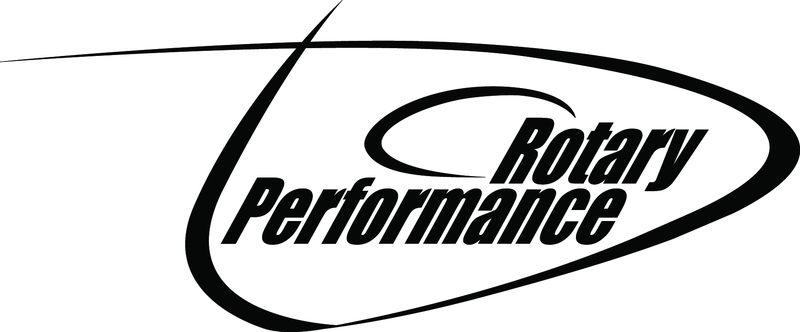Nikki Carburetors
Posted by Matthew Schroeder on
The Nikki carb that came on the 1979-1985 12A powered RX-7 is pretty reliable and performs well in most circumstances. With regular driving and periodic fuel filter changes, they are pretty trouble free. The introduction of E-10 Ethanol gasoline in many parts of the U.S. has however presented problems. These break down into two categories: Mixture and Maintenance.
All carburetors mix a quantity of fuel proportionately to a quantity of air. E-10 gasoline has less specific energy than the fuel that was sold when the cars were new. Since the carburetor does not know this, the result is a lean mixture. This can create running and performance issues that often manifest themselves as either starting and idling trouble, or a lack of smoothness or surging at cruise. The cure is changes to enrich the fuel mixture in the idle (or slow) circuit and often in the main circuit as well. While you can sometimes smooth out the idle pretty well with the mixture screw on the side of the carb, it is usually still a bit lean at idle, and does little to help leanness at cruise. The best answer is to resize the pilot jets. This type of work is best done with a dynometer and feedback from an air/fuel ratio gauge. When done correctly, the carburetor will work smoothly at cruise and the idle will be set with the mixture screw somewhere between 1 and 2 1/2 turns out. When tuning any carburetor, one must take into account each circuit and the transitions between them. "Seat of the pants" tuning is a poor way to get the desired results.
The second problem that we often encounter (which can exhibit many of the same symptoms above) stems from maintenance and driving habits. Many 1st generation RX7's are not driven frequently. This causes modern fuels to 'skunk.' When diagnosing running problems, we consider gasoline that is more than 3-months old to be suspect since ethanol enriched gasoline both absorbs moisture and degrades quickly. We advise that you drive your cars enough to burn through a tank of fuel at least every 3 months. Also, poor maintenance of fuel filters and gas tanks that are rusty can allow foreign matter to clog jets and passages inside the carburetor. The take away is this: Before modifying a carburetor that was working fine, you need to verify that it is clean and functioning properly first! Also, remember that it is very common for mechanics to mistake ignition problems for carburetor troubles.
At some point in your quest for rotary performance, you Nikki carburetor will become a performance bottleneck. There are aftermarket carburetors and intake manifold kits available for the RX-7, but they all have their drawbacks. We now offer modification services which increase the flow by about 65 CFM and still allows for proper idling and vacuum secondary control. This is a service that is done to your carburetor and tuned on our dyno for your engine. Give us a call or email us for more information on this or any other parts or services you may need.
Share this post
- Tags: Nikki Carburetors
